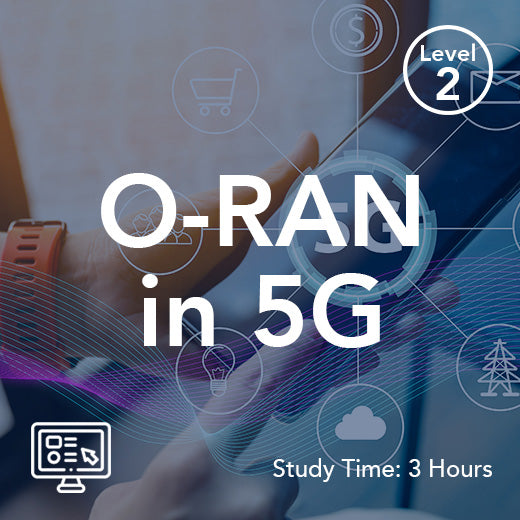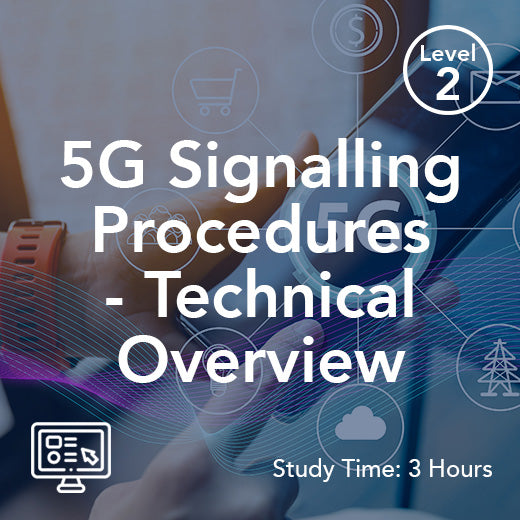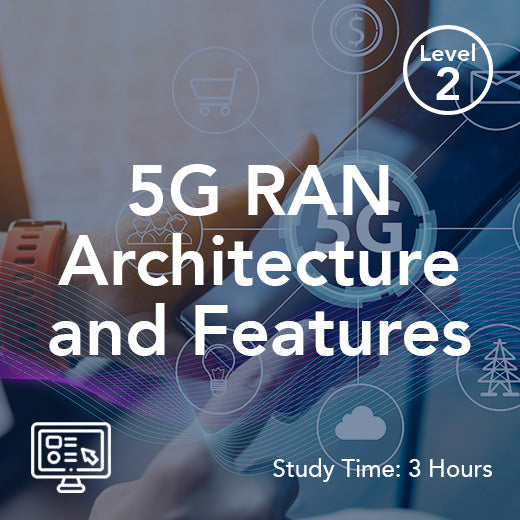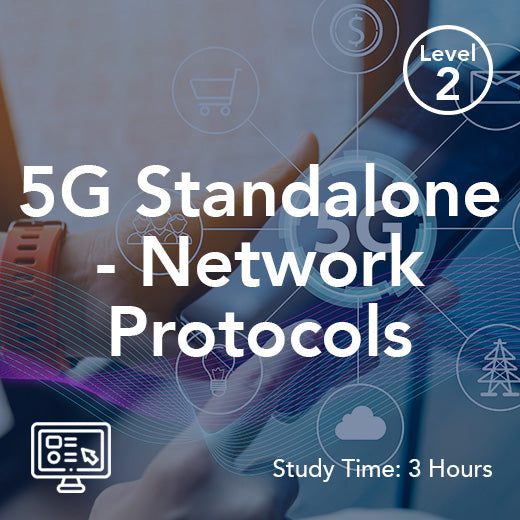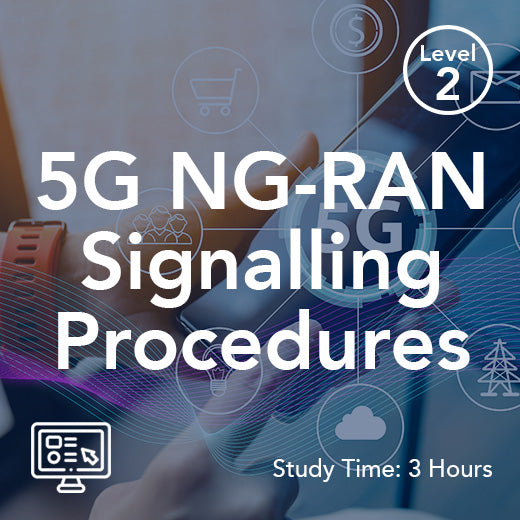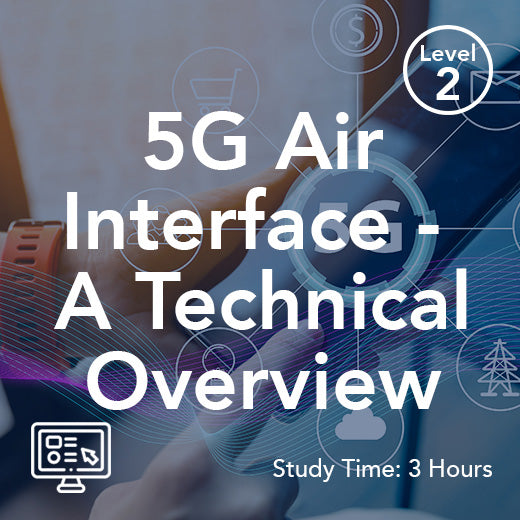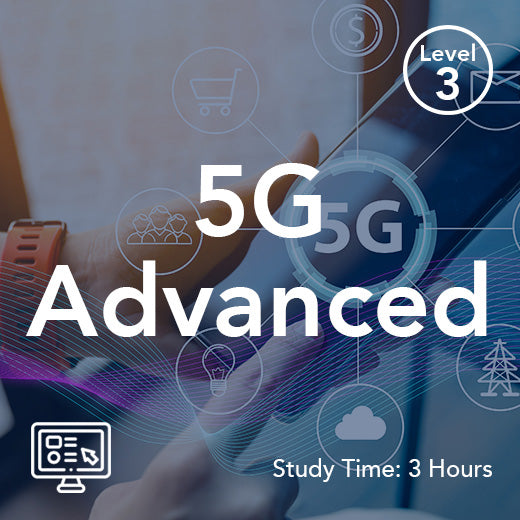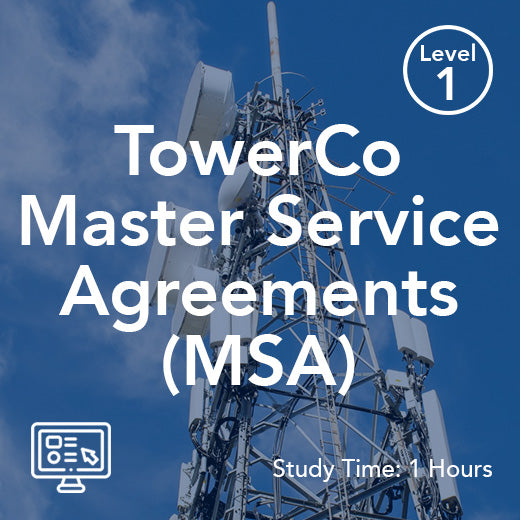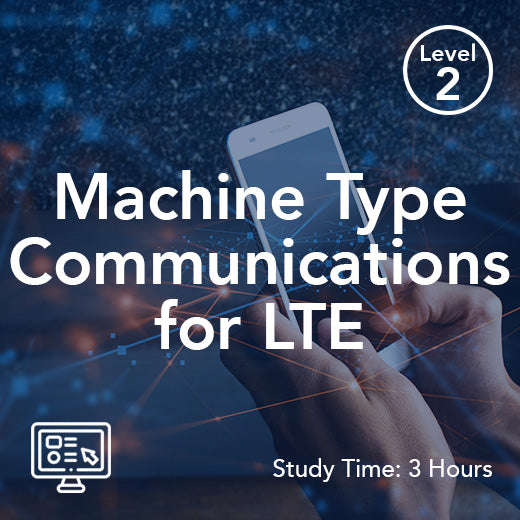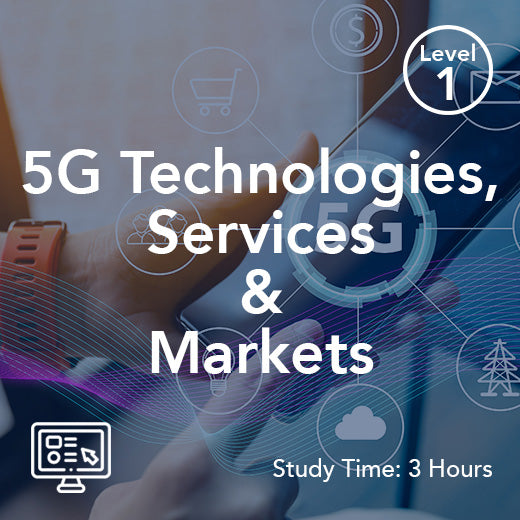What Is The Purpose Of An Enodeb?
- , by Stephanie Burrell
- 8 min reading time
In the ever-evolving world of telecommunications, the eNodeB plays a crucial role in the functioning of a mobile network. The eNodeB is a type of base station in LTE networks, responsible for managing wireless communication between mobile devices and the core network. Compared to other base stations like the gNodeB in 5G networks, the eNodeB supports LTE-specific features and operational capabilities. But what exactly is the purpose of an eNodeB, and why is it so important in the UK telecom industry?
To put it simply, an eNodeB, or evolved Node B, is a key component of the Long Term Evolution (LTE) network architecture. It acts as the interface between the mobile device and the core network, facilitating the transmission of data between the two. In essence, the eNodeB serves as the gateway for all communication within the network, ensuring that data is transmitted efficiently and securely.
But the role of the eNodeB goes beyond just facilitating data transmission. It also plays a vital role in maintaining network stability and reliability. By managing the allocation of resources and optimizing the use of available bandwidth, the eNodeB helps to ensure that users have a seamless and uninterrupted experience when using their mobile devices.
In the UK telecom industry, where demand for high-speed data services is constantly increasing, the importance of the eNodeB cannot be overstated. With the proliferation of data-hungry applications and the rise of technologies such as 5G, the need for efficient and reliable network infrastructure has never been greater. Advancements in newer base stations, such as Massive MIMO and beamforming, enable high data rates and lower latency, significantly improving wireless communication and network capacity.
One of the key functions of the eNodeB is to support multiple users simultaneously, allowing for efficient use of available resources and ensuring that network capacity is maximized. This is particularly important in densely populated areas such as cities, where network congestion can be a common issue. Both eNodeB and gNodeB are essential for enabling modern mobile connectivity, supporting higher bandwidth, reduced latency, and enhanced Quality of Service.
Furthermore, the eNodeB plays a crucial role in ensuring network security. By authenticating and encrypting data transmissions, the eNodeB helps to protect sensitive information from unauthorized access and interception. This is especially important in an era where cyber threats are becoming increasingly sophisticated and prevalent.
In addition to its technical functions, the eNodeB also plays a key role in enabling new services and applications within the network. By supporting features such as Voice over LTE (VoLTE) and multimedia messaging, the eNodeB helps to enhance the user experience and drive innovation in the telecom industry. The eNodeB helps provide users with high-speed broadband wireless access and supports a wide range of applications, making it a vital part of the network.
Overall, the purpose of an eNodeB in the UK telecom industry is clear: to provide a robust, reliable, and efficient network infrastructure that meets the growing demands of users and supports the development of new technologies. By providing high data rates and lower latency, the eNodeB is critical for next-generation mobile connectivity. As the industry continues to evolve and adapt to changing trends, the eNodeB will remain a critical component in ensuring that mobile networks are able to deliver the high-quality services that users expect.
The next generation Node B (gNodeB) builds on the foundation of the traditional Node B, enhancing network performance by enabling faster data transmission and reduced latency. These advancements are crucial for supporting mobile broadband services, ensuring seamless connectivity for high-demand applications such as HD video streaming and cloud gaming. By integrating intelligent control functionality, gNodeB optimizes resource allocation, improving overall efficiency within 5G networks.
One of the key features of gNodeB is its ability to operate with multiple antennas, utilizing carrier aggregation to enhance signal strength and bandwidth efficiency. This is particularly beneficial in dense urban environments where network congestion can impact performance. Additionally, gNodeB leverages advanced air interface technologies to facilitate video streaming, delivering a more stable and reliable experience for user devices in various deployment scenarios.
Furthermore, gNodeB plays a crucial role in the evolution of UMTS networks, connecting with cell towers to expand coverage and capacity. Through improved radio network management, gNodeB ensures efficient spectrum utilization, allowing for the smooth integration of 5G with existing mobile infrastructure. As the telecom industry continues to innovate, the role of gNodeB as a critical component of modern wireless communication will only become more essential.
Introduction to Evolved Node B
The Evolved Node B, commonly known as eNodeB, stands as a critical component in the architecture of Long Term Evolution (LTE) networks. As the base station in LTE mobile networks, the eNodeB manages the radio interface with User Equipment (UE), such as smartphones and tablets, to deliver high speed data services. Its pivotal role is to connect user devices to the core network—specifically, the Evolved Packet Core (EPC)—ensuring seamless connectivity and reliable communication across the network.
Equipped with advanced features like Multiple Input Multiple Output (MIMO) technology, the eNodeB significantly enhances network capacity and supports low latency, which is essential for high speed data transmission and real-time services. By efficiently managing the radio interface and leveraging the latest innovations, the eNodeB enables LTE networks to meet the growing demands for high speed connectivity and robust mobile services. As a result, the eNodeB is not just a base station, but a foundational element that underpins the performance and reliability of modern mobile networks.
Core Purpose and Functions of an eNodeB
At the heart of LTE network architecture, the core purpose of an eNodeB is to facilitate the seamless transmission of data between User Equipment (UE) and the core network. It is responsible for managing radio resources, ensuring that each user device receives the necessary bandwidth and connectivity for optimal performance. Through advanced radio resource management, the eNodeB optimizes network performance, balancing the needs of multiple users and applications.
A key function of the eNodeB is mobility management, which allows users to move between different cells without losing connection or experiencing service interruptions. This is vital for maintaining reliable connectivity, especially in scenarios involving high-speed travel or densely populated areas. The eNodeB also supports high-speed data transmission, enabling services such as HD video streaming and online gaming, and adapts to various deployment scenarios to provide consistent user experiences.
By integrating control functionality and streamlining radio resource management, the eNodeB simplifies the overall network architecture and reduces latency. This ensures that users benefit from high speed data, low latency, and uninterrupted service, making the eNodeB a critical component in delivering the quality and reliability expected from modern LTE networks.
Network Architecture and Design
The eNodeB is a cornerstone of LTE network architecture, acting as the bridge between User Equipment (UE) and the Evolved Packet Core (EPC). Designed to support multiple antennas and advanced technologies like carrier aggregation, the eNodeB maximizes signal strength and bandwidth efficiency, which is essential for meeting the high throughput demands of today’s mobile devices.
Within the network, the eNodeB manages both control plane traffic and user plane data, ensuring efficient and reliable communication between users and the core network. Its advanced features, such as input multiple output (MIMO) and carrier aggregation, enable the delivery of high-speed connectivity and robust performance, even in challenging environments with high user density.
The architecture of the eNodeB is optimized for low latency and high throughput, supporting seamless connectivity for a wide range of applications and services. As mobile networks evolve to accommodate more users and higher data rates, the eNodeB’s design ensures that LTE networks can scale to meet these growing demands, providing the foundation for reliable and high-speed mobile communication.
Control Functionality and Management
A defining feature of the eNodeB is its integrated control functionality, which removes the need for a separate Radio Network Controller (RNC) found in earlier network generations. This integration streamlines the network architecture, resulting in reduced latency and more efficient communication between User Equipment (UE) and the core network.
The eNodeB is responsible for resource allocation, dynamically managing radio resources to optimize network performance and ensure reliable connectivity for all users. It handles control signaling, orchestrating the flow of data and maintaining the balance between network capacity and user demand. By embedding advanced control features and radio resource management, the eNodeB delivers reduced latency, improved network capacity, and enhanced overall efficiency.
This control functionality is essential for providing seamless connectivity, high-speed data transmission, and the reliable communication that users expect from LTE networks. As a critical component of the radio network, the eNodeB’s management capabilities are key to optimizing network performance and supporting the diverse needs of modern mobile services.
Radio Interface and Communication
The eNodeB is responsible for managing the radio interface with User Equipment (UE), ensuring high-speed data transmission and reliable communication across mobile networks. Utilizing advanced technologies such as MIMO and carrier aggregation, the eNodeB enhances signal quality and maximizes available bandwidth, which is crucial for supporting high throughput and low latency services.
By efficiently handling RF signals, the eNodeB manages both the transmission and reception of data between user devices and the core network. This capability enables seamless connectivity for a wide range of applications, from HD video streaming and online gaming to other high-data-rate services. The radio interface is designed to adapt to various deployment scenarios, ensuring consistent performance regardless of user location or network conditions.
With its ability to deliver high speed data, low latency, and robust communication, the eNodeB meets the growing demands of mobile devices and users. Its role in managing the radio interface makes it a vital component in providing the reliable, high-quality services that define modern mobile networks.


